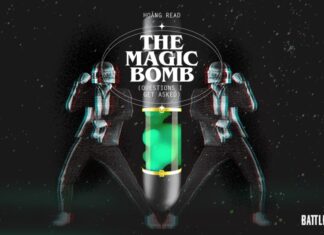Breast cancer is a disease in which cells in the breast grow out of control. There are different kinds of breast cancer. The kind of breast cancer depends on which cells in the breast turn into cancer.
Breast cancer can begin in different parts of the breast. A breast is made up of three main parts: lobules, ducts, and connective tissue. The lobules are the glands that produce milk. The ducts are tubes that carry milk to the nipple. The connective tissue (which consists of fibrous and fatty tissue) surrounds and holds everything together. Most breast cancers begin in the ducts or lobules.
Breast cancer can spread outside the breast through blood vessels and lymph vessels. When breast cancer spreads to other parts of the body, it is said to have metastasized.
Where breast cancer starts?
Breast cancers can start from different parts of the breast. The breast is an organ that sits on top of the upper ribs and chest muscles. There is a left and right breast and each one has mainly glands, ducts, and fatty tissue. In women, the breast makes and delivers milk to feed newborns and infants. The amount of fatty tissue in the breast determines the size of each breast.
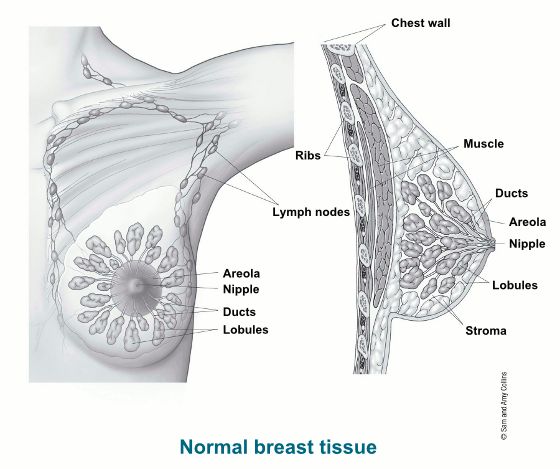
The breast has different parts:
- Lobules are the glands that make breast milk. Cancers that start here are called lobular cancers.
- Ducts are small canals that come out from the lobules and carry the milk to the nipple. This is the most common place for breast cancer to start. Cancers that start here are called ductal cancers.
- The nipple is the opening in the skin of the breast where the ducts come together and turn into larger ducts so the milk can leave the breast. The nipple is surrounded by slightly darker thicker skin called the areola. A less common type of breast cancer called Paget disease of the breast can start in the nipple.
- The fat and connective tissue (stroma) surround the ducts and lobules and help keep them in place. A less common type of breast cancer called phyllodes tumor can start in the stroma.
- Blood vessels and lymph vessels are also found in each breast. Angiosarcoma is a less common type of breast cancer that can start in the lining of these vessels. The lymph system is described below.
A small number of cancers start in other tissues in the breast. These cancers are called sarcomas and lymphomas and are not really thought of as breast cancers.
How breast cancer spreads?
Breast cancer can spread when the cancer cells get into the blood or lymph system and then are carried to other parts of the body.
The lymph (or lymphatic) system is a part of your body’s immune system. It is a network of lymph nodes (small, bean-sized glands), ducts or vessels, and organs that work together to collect and carry clear lymph fluid through the body tissues to the blood. The clear lymph fluid inside the lymph vessels contains tissue by-products and waste material, as well as immune system cells.
The lymph vessels carry lymph fluid away from the breast. In the case of breast cancer, cancer cells can enter those lymph vessels and start to grow in lymph nodes. Most of the lymph vessels of the breast drain into:
- Lymph nodes under the arm (axillary lymph nodes)
- Lymph nodes inside the chest near the breastbone (internal mammary lymph nodes)
- Lymph nodes around the collar bone (supraclavicular [above the collar bone] and infraclavicular [below the collar bone] lymph nodes)
If cancer cells have spread to your lymph nodes, there is a higher chance that the cells could have traveled through the lymph system and spread (metastasized) to other parts of your body. Still, not all women with cancer cells in their lymph nodes develop metastases, and some women with no cancer cells in their lymph nodes might develop metastases later.
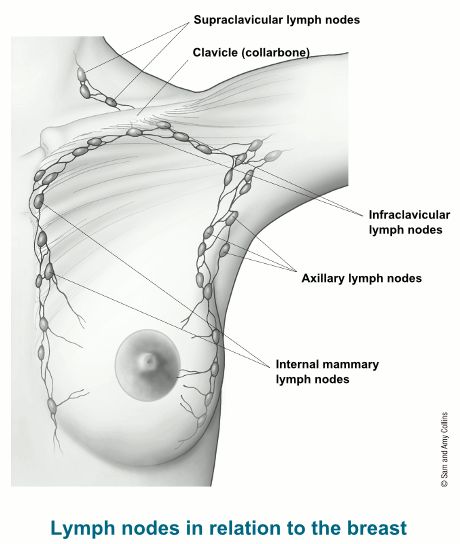
Types of breast cancer
There are many different types of breast cancer. The type is determined by the specific kind of cells in the breast that are affected. Most breast cancers are carcinomas. The most common breast cancers such as ductal carcinoma in situ (DCIS) and invasive carcinoma are adenocarcinomas, since the cancers start in the gland cells in the milk ducts or the lobules (milk-producing glands). Other kinds of cancers can grow in the breast, like angiosarcoma or sarcoma, but are not considered breast cancer since they start in different cells of the breast.
Breast cancers are also classified by certain types of proteins or genes each cancer might make. After a biopsy is done, breast cancer cells are tested for proteins called estrogen receptors and progesterone receptors, and the HER2 gene or protein. The tumor cells are also closely looked at in the lab to find out what grade it is. The specific proteins found and the tumor grade can help decide the stage of the cancer and treatment options.
What Causes Breast Cancer?
We don’t know what causes each case of breast cancer. But we do know many of the risk factors for these cancers (see Lifestyle-related Breast Cancer Risk Factors and Breast Cancer Risk Factors You Cannot Change). For example, lifestyle-related risk factors, such as what you eat and how much you exercise, can increase your chance of developing breast cancer, but it’s not yet known exactly how some of these risk factors cause normal cells to become cancer. Hormones also seem to play a role in many cases of breast cancer, but just how this happens is not fully understood.
We do know that normal breast cells can become cancer because of changes or mutations in genes. But only about 1 in 10 breast cancers (10%) are linked with known abnormal genes that are passed on from parents (inherited). Many genes have not yet been discovered, so women with a family history of breast cancer might have inherited an abnormal gene that doesn’t show on a genetic test. Most breast cancers (about 90%) develop from acquired (not inherited) gene changes that have not yet been identified.
How gene changes can lead to breast cancer?
Genes control how our cells function. They are made up of a chemical called DNA, which comes from both our parents. DNA affects more than just how we look; it also can influence our risk for developing certain diseases, including some kinds of cancer.
Normal cells have genes called proto-oncogenes, which help control when the cells grow, divide to make new cells, or stay alive. If a proto-oncogene is mutated (changed) in a certain way, it becomes an oncogene. Cells that have these mutated oncogenes can become cancer.
Normal cells also have genes called tumor suppressor genes, which help control how often normal cells divide in two, repair DNA mistakes, or cause cells to die at the right time. If a cell has a mutated tumor suppressor gene, then the cell can turn into cancer.
Cancers can be caused by gene changes that turn on oncogenes or turn off tumor suppressor genes. Changes in many different genes are usually needed to cause breast cancer.
Inherited gene changes of breast cancer
Some gene changes (mutations) are inherited or passed to you from your parents. This means the mutations are in all your cells when you are born.
Certain inherited gene changes can greatly increase the risk for developing certain cancers and are linked to many of the cancers that run in some families. For instance, the BRCA genes (BRCA1 and BRCA2) are tumor suppressor genes. When one of these genes changes, it no longer suppresses abnormal cell growth, and cancer is more likely to develop. A change in one of these genes can be passed from a parent to a child.
Women have already begun to benefit from advances in understanding the genetic basis of breast cancer. Genetic testing can identify some women who have inherited mutations in the BRCA1 or BRCA2 tumor suppressor genes as well as other less common genes such as PALB2, ATM, or CHEK2. These women can then take steps to reduce their risk of breast cancer by increasing awareness of their breasts and following appropriate screening recommendations to help find cancer at an earlier, more treatable stage. Since these mutations are also often associated with other cancers (besides breast), women with these mutations might also consider early screening and preventive actions for other cancers.
Mutations in tumor suppressor genes like the BRCA genes are considered “high penetrance” because they often lead to cancer. Although many women with high penetrance mutations develop cancer, most cases of cancer (including breast cancer) are not caused by this kind of mutation.
More often, low-penetrance mutations or gene variations are a factor in cancer development. Each of these may have a small effect on cancer occurring in any one person, but the overall effect on the population can be large because the mutations are common, and people often have more than one at the same time. The genes involved can affect things like hormone levels, metabolism, or other factors that impact risk for breast cancer. These genes might also cause much of the risk of breast cancer that runs in families.
Acquired gene changes of breast cancer
Most gene mutations linked to breast cancer are acquired. This means the change takes place in breast cells during a person’s life rather than having been inherited or born with them. Acquired DNA mutations take place over time and are only in the breast cancer cells.
These acquired mutations of oncogenes and/or tumor suppressor genes may result from other factors, like radiation or cancer-causing chemicals. But some gene changes may just be random events that sometimes happen inside a cell, without having an outside cause. So far, the causes of most acquired mutations that could lead to breast cancer are still unknown. Most breast cancers have several acquired gene mutations.




















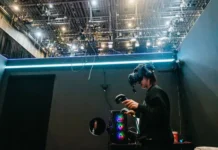


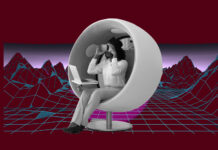


















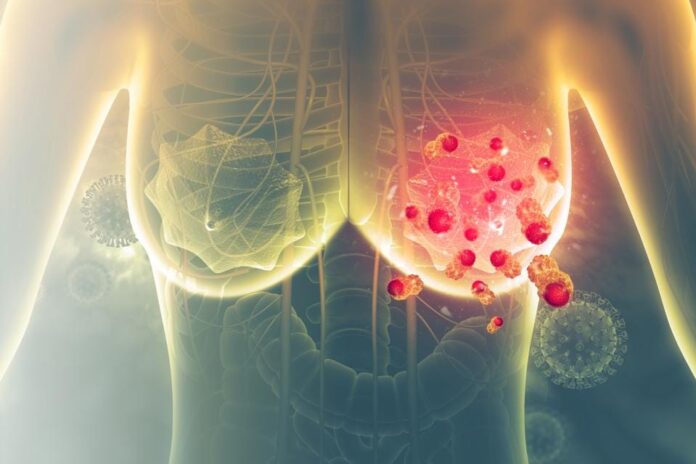

![8 Things to Do in Afghanistan [Best Places to Visit] metaverse app, metaverse facebook, metaverse crypto, metaverse zuckerberg, metaverse game, metaverse login, zuckerberg stuck in metaverse, mark zuckerberg stuck in metaverse, live longer for 150 years in metaverse, shib metaverse, gundam metaverse, shiba metaverse, shiba inu coin, shiba inu metaverse, shiba inu, metaverse fashion week, shiba metaverse land, mark zuckerberg, mark zuckerberg metaverse, how to make money in the metaverse, zuckerberg metaverse, best metaverse stocks, metaverse logo, nvidia stock, buying real estate in the metaverse, how to invest in the metaverse, bitcoin, metaverse login, how to buy land in metaverse, metaverse headset, how to invest in metaverse, metaverse meaning, metaverse crypto, metaverse stock, metaverse facebook, metaverse coins, metaverse real estate, metaverse etf, metaverse nft, metaverse login, metaverse pro, facebook metaverse, sandbox metaverse, how to invest in metaverse, mark zuckerberg metaverse, best metaverse crypto, how to buy land in metaverse, roundhill ball metaverse etf, roblox metaverse, top metaverse coins, apple metaverse, pete davidson net worth, pete davidson kim kardashian, pete davidson instagram, pete davidson ariana grande, pete davidson father, pete davidson tattoos, pete davidson exes, pete davidson wife, pete davidson net worth, pete davidson kim kardashian, pete davidson movies and tv shows, pete davidson instagram, pete davidson height, pete davidson ariana grande, simon rex, kenedi anderson american idol, bebe rexha, billy ray cyrus, pete davidson roast 9/11, walker scobell, is kim kardashian pregnant by pete davidson, tish cyrus, david mamet, wynonna judd, roast of pete davidson, pete davidson bde, is kim kardashian pregnant with pete davidson, kanye pete davidson boxing, phoebe dynevor and pete davidson, north and pete davidson, daphne bridgerton, pete davidson father 9/11, kim kardashian pregnant with pete davidson, cam newton, pete davidson and north west, is pete davidson jewish, pete davidson north, kourtney kardashian, pete davidson dad](https://eurointn.com/wp-content/uploads/2022/04/Band-e-Amir-1024x768-1-324x235.jpg)







